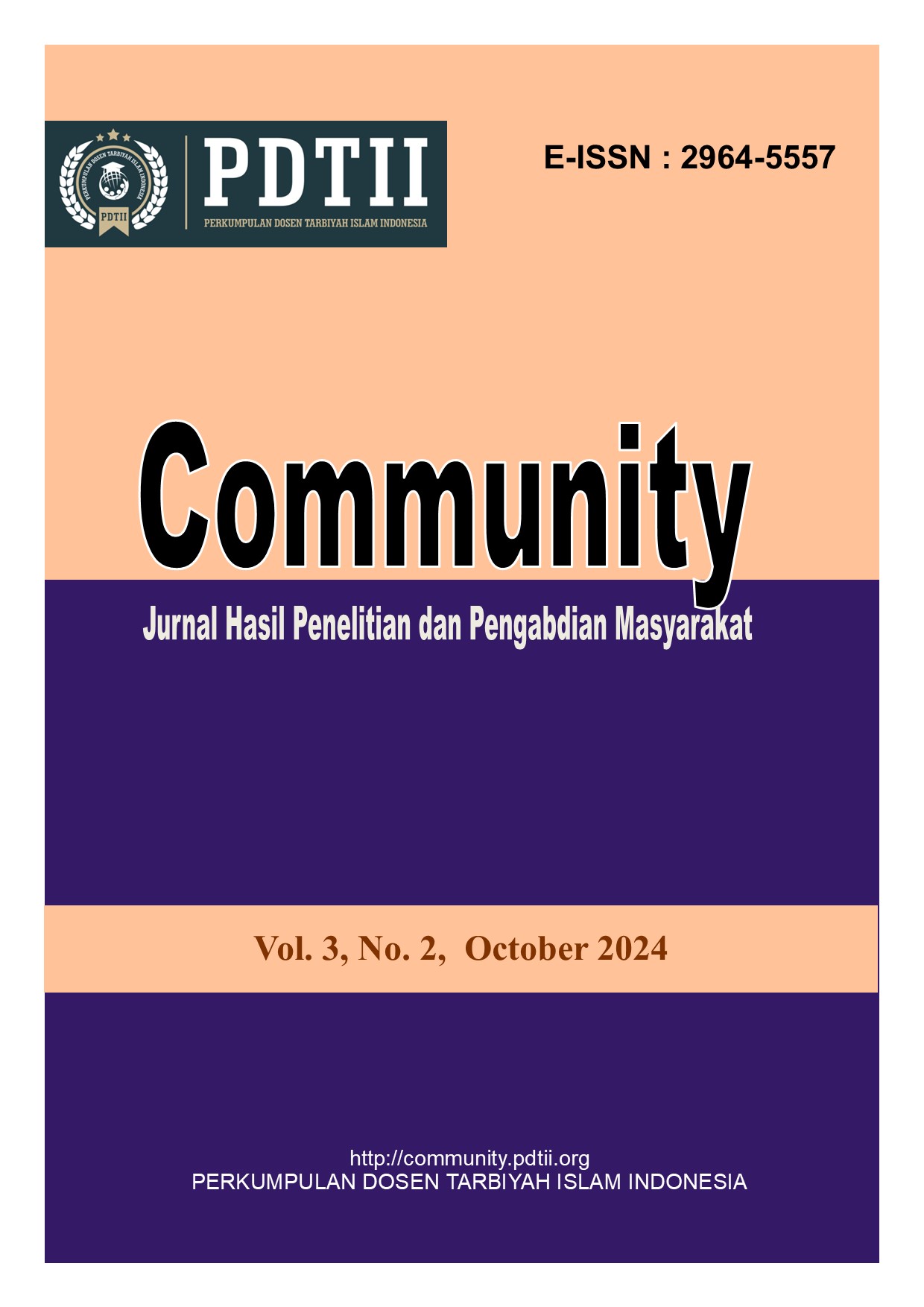Water falls and Their Tourism Potential in Kashmir Valley, Jammu and Kashmir Region
DOI:
https://doi.org/10.61166/community.v3i2.100Keywords:
Kashmir, Waterfall, Tourism, Economy, governmentAbstract
Kashmir popularly known as heaven on earth is famous for its natural beauty worldwide. The valley of Kashmir, often referred to as the “Switzerland of Asia,” is renowned for its natural beauty, and the beautiful waterfalls contribute to the region’s allure. The waterfalls have been popular tourist attractions, offering both natural beauty and opportunities for outdoor recreation. In this paper, we discusses the well-known waterfalls of Kashmir valley from a historical perspective, examining their role in tourism and their impact on the landscape development. The waterfalls in Kashmir valley usually are found mostly in higher elevations and rugged terrains,requiring construction of footpaths, narrow roads and passes to make them accessible to tourists. The survey of waterfalls revealed that tourists enjoy the visit to waterfalls but recent developments, such as power generation projects and a growing influx of visitors compromises the aesthetic value of waterfalls. It was concluded that for sustainable development, it is crucial for the government and all stakeholders to prioritize environmental protection when undertaking development projects. Balancing tourism infrastructure with ecological preservation is critical to maintain the natural beauty of these sites for future generations in view of present huge tourist flow in the study area.
Downloads
References
Bamzai P.N.K.(2008). A History of Kashmir (Political-Social-Cultural), Gulshan Publication Srinagar, Kashmir, J&K.
Bhat B.A. et al., (2024). A Study on Water falls of Central Kashmir and Their Significance. Communicated, Indian Journal of Waste Management (IJWM)
Bhat, M. H., & Yadav, M. S. (2018). Impact of Tourism on the Economy of Jammu and Kashmir. International Journal of Research and Analytical Reviews, 5(3), 874-879.
Bhatt, S. C. (2005). Land and people of Indian states and union territories:(in 36 volumes). Gyan Publishing House.
Bose, S. (2003). Kashmir: Roots of Conflict, Paths to Peace. Harvard University Press.
Dar, J. A., &Chaubey, A. K. (2021). Physical and Chemical Characteristics of the Water at Wular Lake, Jammu, and Kashmir.
Economic survey 2014-15 and 2022-23. Directorate of Economics & Statistics, J&K.
Livemint - J&K aims to increase tourist footfall to 5 crore by 2025
Nengroo, H.A &Bhat.M.G. (2015). Economic Impact of Tourism in Jammu and Kashmir. European Journal of Hospitality and Tourism Research, 5(1), 21-26.
Rai, R. A. (2007). .History of Ancient Kashmir. New Dehli: New Academic Publications, New Dehli.
The Hindu BusinessLine - J&K witnesses record-breaking tourist arrivals in 2022
The Economic Times - J&K tourism revenue
Wani, A. F., & Balamurgan, P. (2022). A study on the Rural Tourism and Sustainable Development of Rural Area Baramula District of Jammu and Kashmir. Journal of Pharmaceutical Negative Results, 1698-1702.
Downloads
Published
How to Cite
Issue
Section
License
Copyright (c) 2024 Bilal Ahmad Bhat, Parmil Kumar, Tanzeela Habib, Ishrat Gull, Shazia Sadiq, Bilal Ahmad Zargar, Aasifa Akhter, Samira Khan, Zeenat Islam, Uzma Nazir, Mohammad Inam

This work is licensed under a Creative Commons Attribution 4.0 International License.
















